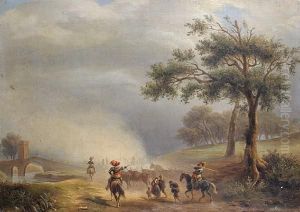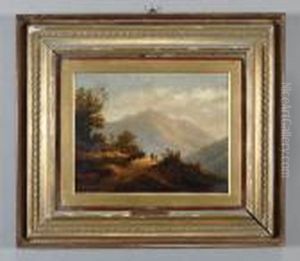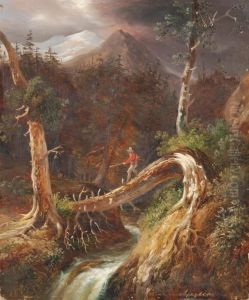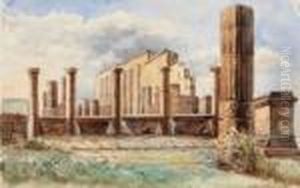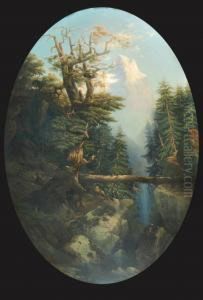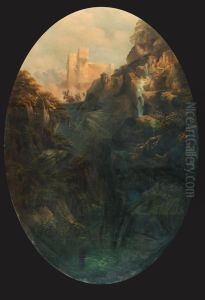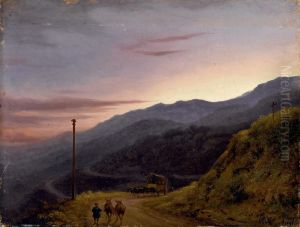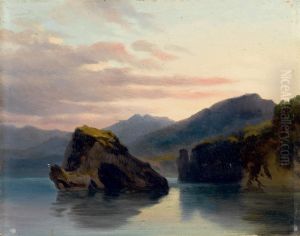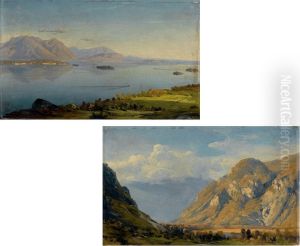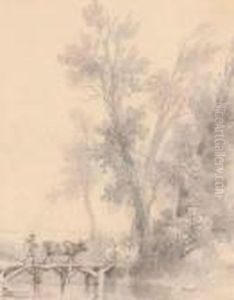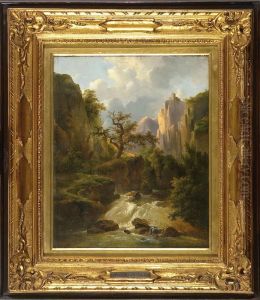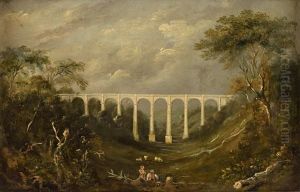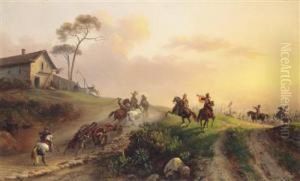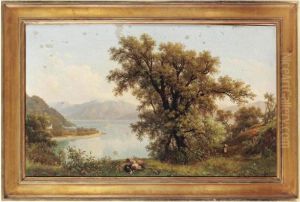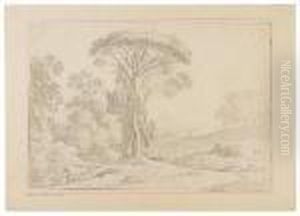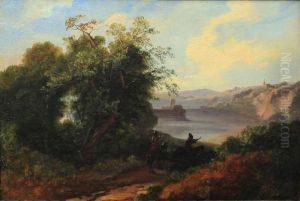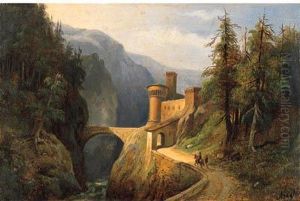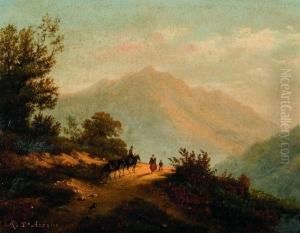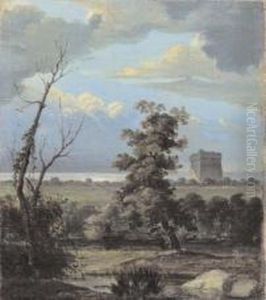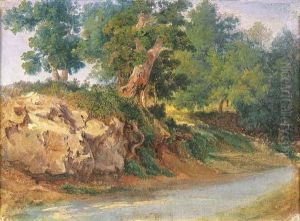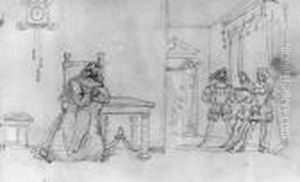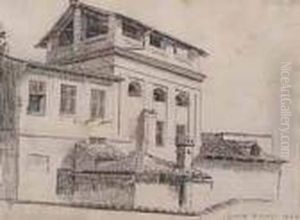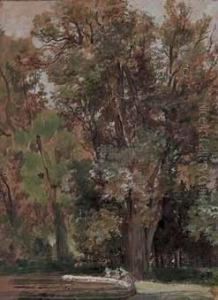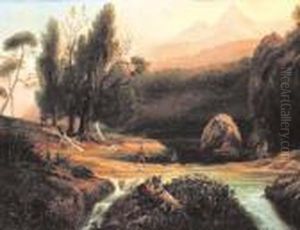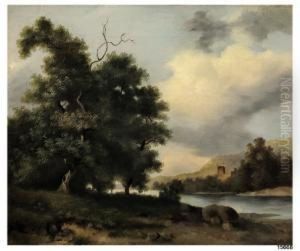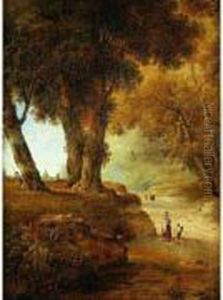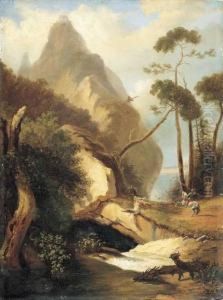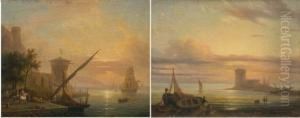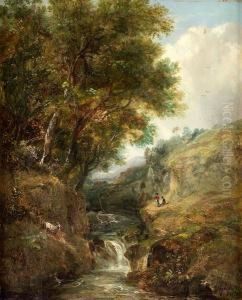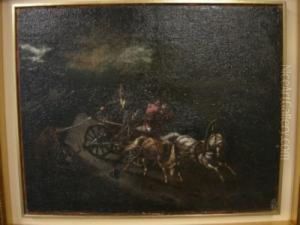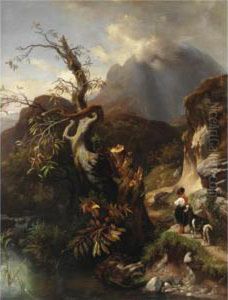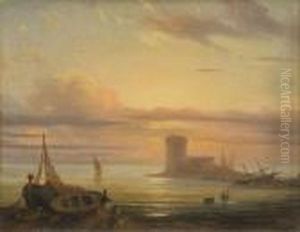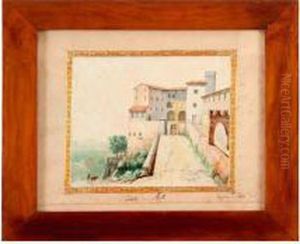D'Azeglio Massimo Paintings
Massimo Taparelli, marquis d'Azeglio, known as Massimo d'Azeglio, was an Italian statesman, novelist and painter, born in Turin on October 24, 1798. He was part of the historical period of the Risorgimento, a movement that culminated in the unification of Italy. He came from an aristocratic family and was the son of the Marquis Cesare d'Azeglio and Countess Luisa Alfieri di Sostegno, who was the niece of the famous poet Vittorio Alfieri.
D'Azeglio's early education was comprehensive, and he developed a passion for art, particularly painting, which he pursued in Rome under the guidance of the neoclassical painter Vincenzo Camuccini. His artistic career, however, was overshadowed by his political involvement. A liberal-minded individual, d'Azeglio became actively engaged in politics, initially through his writings.
His literary works, including his notable novels 'Ettore Fieramosca' (1833) and 'Niccolò de' Lapi' (1841), reflected his political concerns and were instrumental in stirring nationalistic sentiments among Italians. These novels, set in historical contexts, emphasized the themes of Italian patriotism and the struggle against foreign domination.
In the political arena, d'Azeglio took on diplomatic roles and was a proponent of moderate liberal reforms. He was an advocate for the independence and unification of Italy, working closely with other prominent figures of the Risorgimento, such as Camillo Benso, Count of Cavour, and Giuseppe Garibaldi. D'Azeglio served as Prime Minister of the Kingdom of Sardinia from 1849 to 1852, during which he implemented several reforms and worked towards the unification process.
As an artist, d'Azeglio's contributions were less prominent but nonetheless significant. He painted landscapes and historical scenes, which were influenced by his political beliefs and his desire to express the Italian national identity through art.
D'Azeglio's later years were marked by his diplomatic efforts and continued support for the cause of Italian unification. Despite health issues, he remained active in the background of Italian politics until his death on January 15, 1866. His memoirs, 'I miei ricordi', offer an autobiographical account of his life and the turbulent era he lived through, providing valuable insights into the Risorgimento period. Massimo d'Azeglio's legacy is that of a multifaceted figure who played a crucial role in the making of modern Italy, both through his cultural contributions and his political actions.
